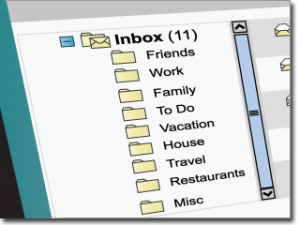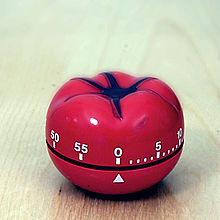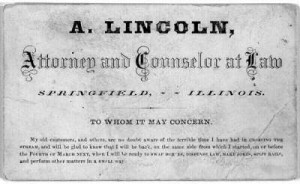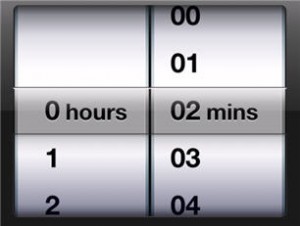 Stop running. Yes, I know you have to get to court, crank out a new agreement, and meet with your new client. I know you’re busy and this is how you earn your living. I know that if you don’t do the work you won’t get paid.
Stop running. Yes, I know you have to get to court, crank out a new agreement, and meet with your new client. I know you’re busy and this is how you earn your living. I know that if you don’t do the work you won’t get paid.
Slow down anyway. Better yet, come to a complete stop.
At least for a few hours.
Slowing down allows you to refine what you’re doing so you can do it better, and faster. Just as a race car needs pit stops, so do humans. By taking a break periodically, we can ensure that everything is working properly and that we are on course and on pace. Taking a break allows us to recharge our energy and clarify our focus. It allows us to go faster, assured that we are going in the right direction.
Take some time to evaluate what you are doing and the results you are getting. Are things moving in the direction you want? Is there anything you could do better? What’s working well that could be expanded?
Take some time to look at your calendar. How are you spending your time? What else might you do? Is there something you are doing that you don’t really need to do? Is there something that takes you two hours that could be done in one?
Take some time to rest and reflect on the bigger picture. What big ideas could you start working on that might help you take a quantum leap? Where do you want to be five years from today and what could you start doing today to help you get there?
Take some time to get rid of clutter and distractions. If it doesn’t serve you in some way, eliminate it. Simplify your life so you can focus on what is important and valuable.
Take some time to read things you don’t usually read. Look for ideas and inspiration. Have some fun. Goof off. Go to the movies in the middle of the day. Take your best friend for a long lunch.
And take some time to give thanks for all that you have. When you appreciate the goodness in your life, you attract more of it.
















